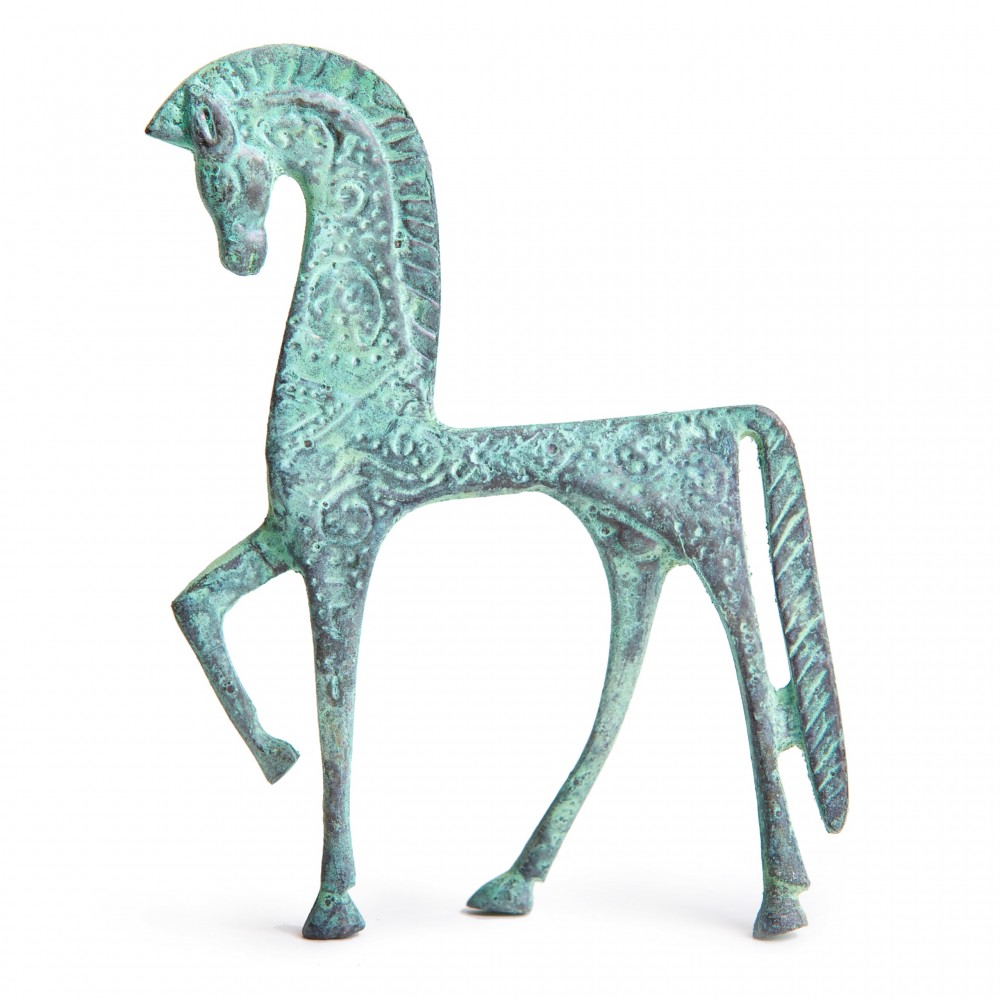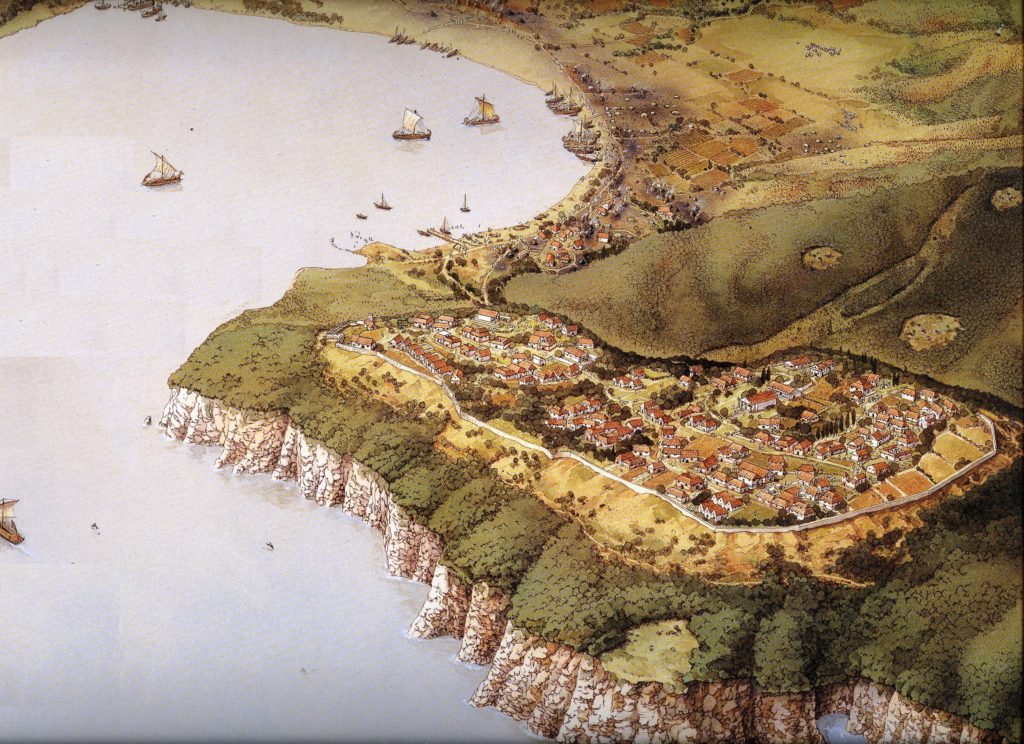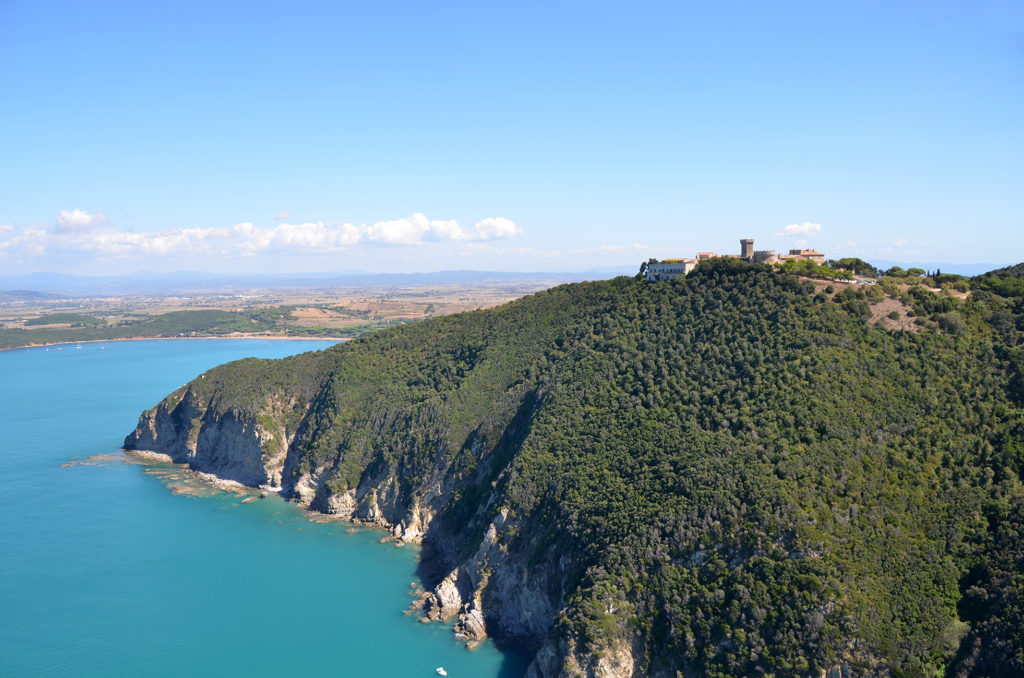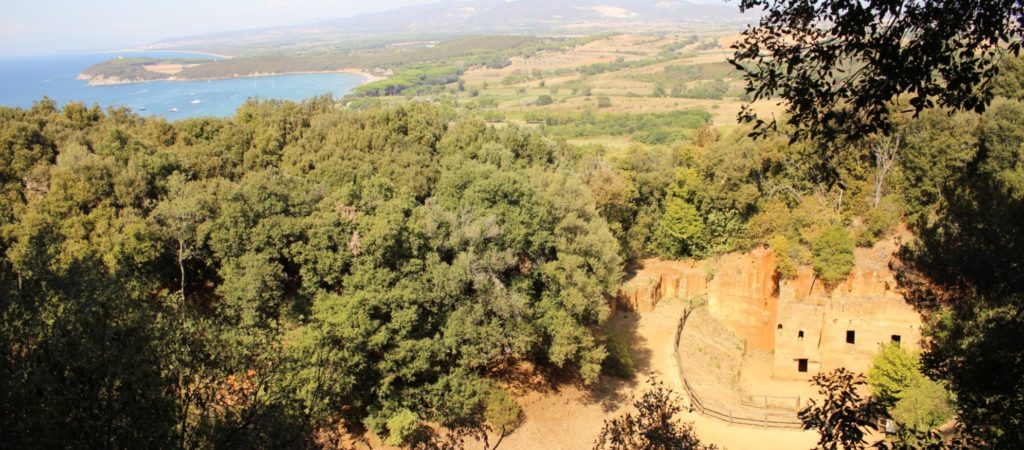Wine and the Etruscans is a fascinating theme but little known. When people thinks at the antiquity of Italian wine, they thinks almost exclusively to Rome. Obviously Rome has played a fundamental and extraordinary role in the history of wine, but also the Etruscans have been relevant. Above all, they came first and taught so many things to the Romans.
Why do the Etruscans interest we so much?
Because they were the first inhabitants of our lands and were the first winegrowers in Italy. Millennia ago, therefore, he was here in our place, doing our own work!
But who were the Etruscans? Read below … if you already know this part, skip it.
After a territorial decription, we will dedicate ourselves specifically to wine.
“… Etruria was so powerful that the fame of it filled not only the land, but the sea as well, and through all of Italy, from the Alps to the Strait of Sicily. “
Livy, Ab Urbe Condita, book I, I c. b.C.

Our territory was characterized by a row of hills parallel to the sea, in the middle of a marshy flat area (the North Maremma), inhospitable and where proliferated malaria. Since prehistoric times the people lived in the hills practicing hunting and gathering wild products. Later, the first permanent settlements arose and thence the first early agricultural societies that gave origin to the Etruscan civilisation.
The great territory wealth was the big mining resources (above all iron), which exploitation initiated from the Bronze Age (12th century BC). In contrast to the large-scale inurbations in southern Etruria, few cities rose in this area, and the populations remained scattered. Three great city-states dominated the coastal area: Pisa, which controlled the northernmost stretches; Volterra dominating the Cecina Valley to the sea; and Populonia in the south. The Etruscans, excellent hydraulic engineers, reclaimed part of marshy plains near the sea, and used it for agriculture.
Our territory, Castagneto Carducci e Bolgheri, was part of city-state of Populonia. Its ancient remains are at few Km from our winery, seaward the charming Gulf of Baratti.

Populonia declined on the Roman period.
decadde come città già in epoca romana. Claudius Rutilius Namatianus, on V c. A.C., passing along the coast with his boat, saw only ruins:
Close at hand Populonia opens up her safe coast,
where she draws her natural bay well inland…
The memorials of an earlier age cannot be recognised:
devouring time has wasted its mighty battlements away.
Traces only remain now that the walls are lost:
under a wide stretch of rubble lie the buried homes.
Let us not chafe that human frames dissolve:
from precedents we discern that towns can die.
Claudius Rutilius Namatianus, 417 AC
De Reditu Suo (About his return), I, 401-414

The most important Etruscan site in Castagneto is the Tower of Donoratico, unfortunately not visited because it is located in a private property.

So, the Etruscans played a decisive role in the spread of the wine culture in the western world.
They were the first to develop viticulture in Italy introducing their practices into much of the peninsula, from the north (Emilia Romagna) to the south (Campania), Rome included. Great navigators and traders, they came into contact with the cultures of the eastern Mediterranean and introduced in the West cultural aspects of wine, as the religious symbolism and ritual consumption in the symposia. They brougth from East also the oriental grape varieties. Finally, they also spread wine and its culture via commercial channels to the people of western Europe who were still ignorant of this beverage, such as the Celts, the German tribes, and the Iberian peoples.
However, we will go into more detail in the next post.

RECOMMENDED TO VISIT
Parco Archeologico di Baratti e Populonia, loc. Baratti, Piombino.
Collezione Gasparri, Via di Sotto 8, Populonia Alta.
Museo Archeologico del Territorio di Populonia p.za Cittadella 8, Piombino.
Parco Archo-minerario di San Silvestro, via di Sa Vincenzo Sud 34/b, Campiglia M.ma.
Museo del Palazzo Pretorio, via Cavour, Campiglia M.ma.
Museo Archeologico di Cecina, Villa Guerrazzi loc. La Cinquantina, San Pietro in Palazzi.
Museo Civico Archeologico di Rosignano M.mo, Palazzo Bombardieri, va del Castello 24.
Area Archeologica di San Gaetano a Vada.
Museo Archeologico Nazionale di Castiglioncello, via del Museo 8, Castiglioncello.
Museo Etrusco Guarnacci, Via Don Giovanni Minzoni 15, Volterra.